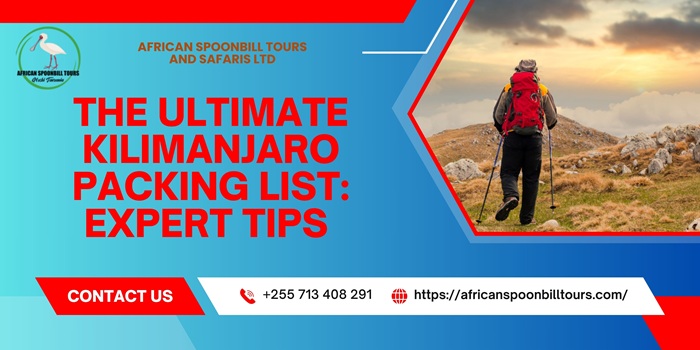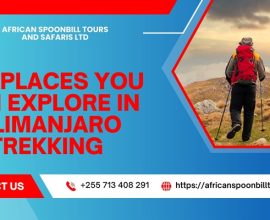Most seasoned travelers have a backpacking checklist memorized. It’s no surprise, therefore, that what to pack is also one of the most common questions from rookie backpackers. Fortunately, it’s an easy one to answer by sharing backpacking checklist to climb Mount Kilimanjaro. Speaking from experience, you need to ensure your hiking gear is complete, even if that requires using your backpacking checklist multiple times as you pack and repack for different activities on the road. This blog will explore the essential tips to prevent any accident while trekking.
Essential Packing Tips for Trekking
Packing right can make or break your trekking adventure to climb Mount Kilimanjaro. Bringing essential gear like proper footwear, layered clothing, and hydration tools ensures comfort and safety. Avoid over packing by choosing lightweight, multi-use items. Here are the tips for trekking:
1. Less is more
When you’re hiking and need to know what you’re getting yourself into. A friend at high school once took a hair dryer hiking. It was her first time wild camping in the bush, and she was somewhat disappointed that there were no sockets. The Kilimanjaro climb tours can also help in the essential packing list for trekking.
2. Pack comfortable clothes
But avoid denim, which takes forever to dry, as well as no jewelry or expensive watches.
3. Dress in layers (base, middle, and outer layers)
You’ll be far more comfortable if you can easily slip layers on and off as the weather or your activities change. Understanding the function of each layer of clothing is essential for keeping you dry (base layer), warm in cold conditions, and cool when it’s hot (middle layer), and protected from rain, wind, and snow (outer layer). I prefer merino wool base layers and can recommend Icebreaker for t-shirts and long sleeves. Merino wool is warm, breathable, odour-repellent, and more environmentally friendly than polyester.
4. Buy some stuff bags
First, you start meticulously compartmentalizing and organizing gear in stuff bags or plastic bags. You would forever rummage headfirst through stuff lost at the bottom of my backpack. In the process, it can cause even greater chaos, scattering gear all over the place.
5. Don’t skimp on backpacking essentials
A sleeping bag doesn’t keep you warm. A leaking tent, hiking clothes that stink of sweat after wearing them for a day or a backpack and hiking boots that don’t fit perfectly are no fun. To maximize comfort and economize on weight, invest in durable, high-quality gear that will keep you warm, dry, and well-protected.
The Conclusion
Packing smart is the key to a successful and enjoyable trek. Focus on essentials like moisture-wicking layers, sturdy footwear, and weather-appropriate gear. Don’t forget critical items like a hydration system, first-aid kit, and high-energy snacks. Prioritize lightweight, multipurpose equipment to save space. Proper preparation ensures comfort, safety, and confidence on the trail. If you want to trek on Kilimanjaro, contact African Spoonbills for an excellent trekking experience.


